
Mount Harvard: A Harsh Reminder of Respecting the Mountains
Mount Harvard stands tall at 14,424 feet, the third-highest peak in Colorado, and one that demands both endurance and humility. On paper, it’s a long but gradual climb — a trail that lulls you into thinking it’ll be easier than most. But as I learned, the mountain had other plans.
HIKING COLORADO 14ERS14ERSHIKING
Devin
10/28/20253 min read

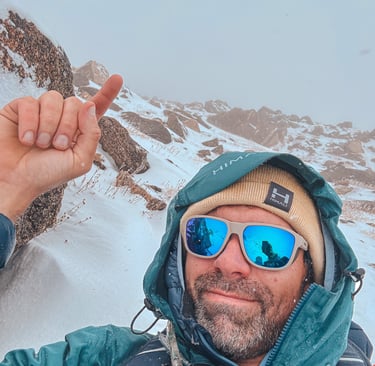
The Calm Start
The day began quietly. The trail wound gently through the trees, gaining elevation so gradually that I found myself enjoying the rhythm of each step. There’s something peaceful about long approaches like this — they let you settle in, find your pace, and leave the noise of daily life behind.


By the time I reached treeline, though, everything changed. Clouds started building fast, the wind picked up, and I could feel the shift coming. It wasn’t a surprise; I had seen the forecast and knew this was a possibility. But knowing it’s coming and standing in it are two very different things.
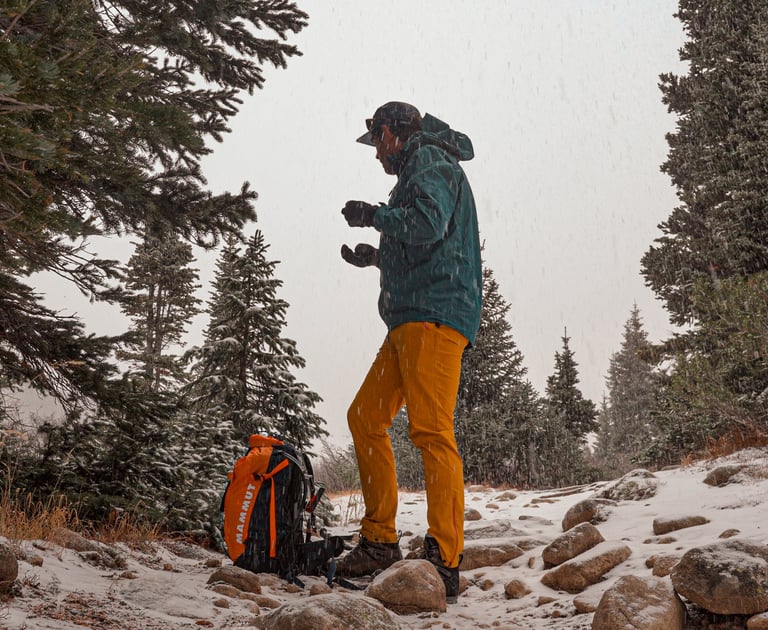

When the Weather Turns
Above treeline, snow began to fall. At first it was light, then steady, and soon it was covering the trail. The higher I climbed, the more difficult it became to stay on route. There were moments I had to stop, check my GPS, and reorient myself — reminders that conditions can turn a clear path into a maze.
The wind became relentless near the ridge. Temperatures dropped fast, visibility shrank, and every gust carried a sharp reminder of how small you are out there. I could still see the direction of the summit, but I was constantly weighing each step against my comfort level and the conditions ahead.
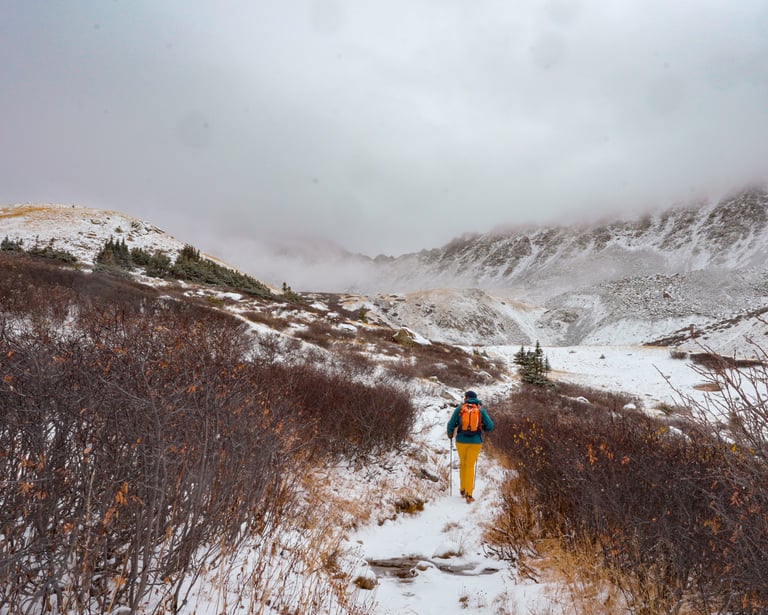


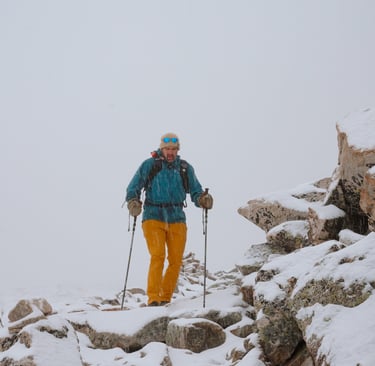
Prepared, But Never Complacent
This was a dangerous day to be in the alpine. I was only able to continue because I was physically prepared, had the right gear, and had experience hiking in very cold conditions. Even then, I knew I was one bad decision away from a problem.
I went into this hike fully ready to turn around if things got worse — and that’s a mindset that has kept me safe time and time again. In fact, I turned around twice this past summer on different hikes, both because of weather. Those choices never feel easy, but they’re the ones that let you come back and try again another day.
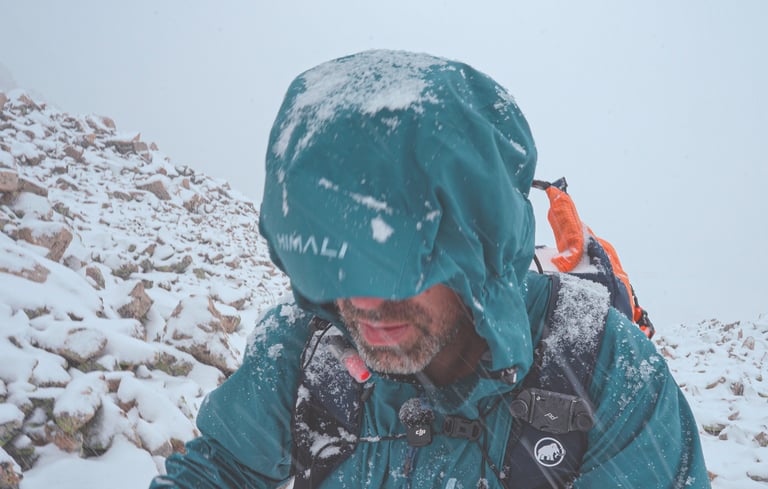

The Real Accomplishment
On days like this, reaching the summit isn’t the ultimate reward — getting back to the trailhead safely is. The sense of accomplishment doesn’t hit when you’re standing at the top with numb fingers and stinging wind; it hits when you’re back below the trees, boots on dirt, knowing you made the right calls along the way.
Mount Harvard reminded me that respecting the mountain is the key to enjoying it — and that sometimes the hardest-won summits are the ones you can’t wait to leave behind.

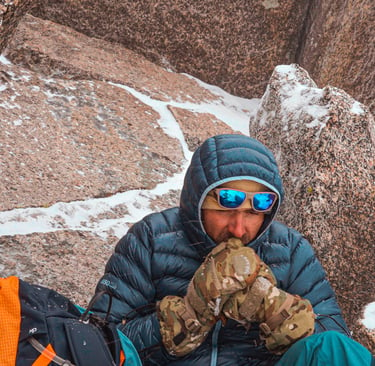
My Gear for Mount Harvard
This hike pushed the limits of both endurance and equipment. Here’s what I used and trusted in these conditions:
Base Layers: Moisture-wicking synthetic set to stay dry and warm even when sweating.
Insulation: HIMALI Accelerator Down Jacket — lightweight but incredibly warm for high-wind exposure.
Shell: HIMALI Monsoon Hardshell Jacket and Pants — waterproof and windproof protection that saved the day above treeline.
Footwear: Asolo Fugitive GTX— solid traction on snow-covered sections.
Accessories: Insulated gloves, microspikes, and trekking poles for stability in icy spots. Sunglasses
Navigation: Gaia GPS offline maps and a compass — critical when the trail disappeared under snow.




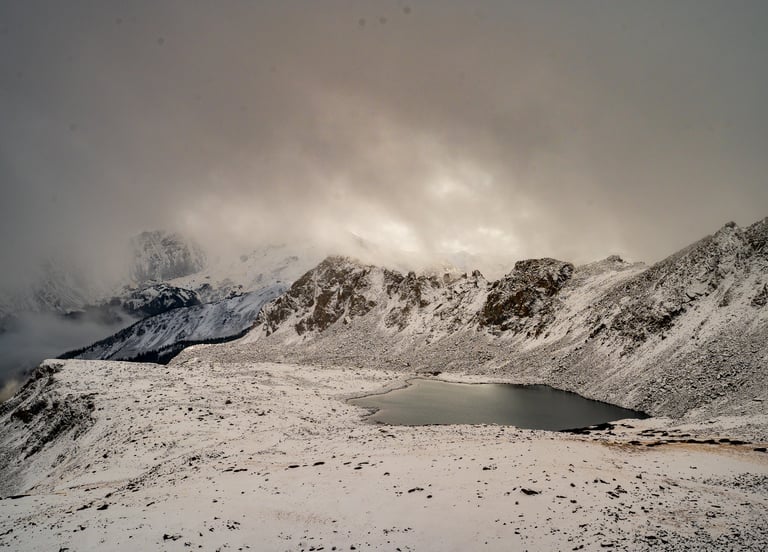

TRAIL TAKEAWAY
Mount Harvard is an incredible peak, but it’s not one to underestimate — especially in late-season or winter conditions. Preparation, humility, and experience are what make days like this successful.
The mountain doesn’t care how strong or skilled you are. It only rewards those who know when to keep moving forward and when to turn back.
And on this day, I was grateful to make it down safely — tired, cold, and reminded once again why I love the mountains.